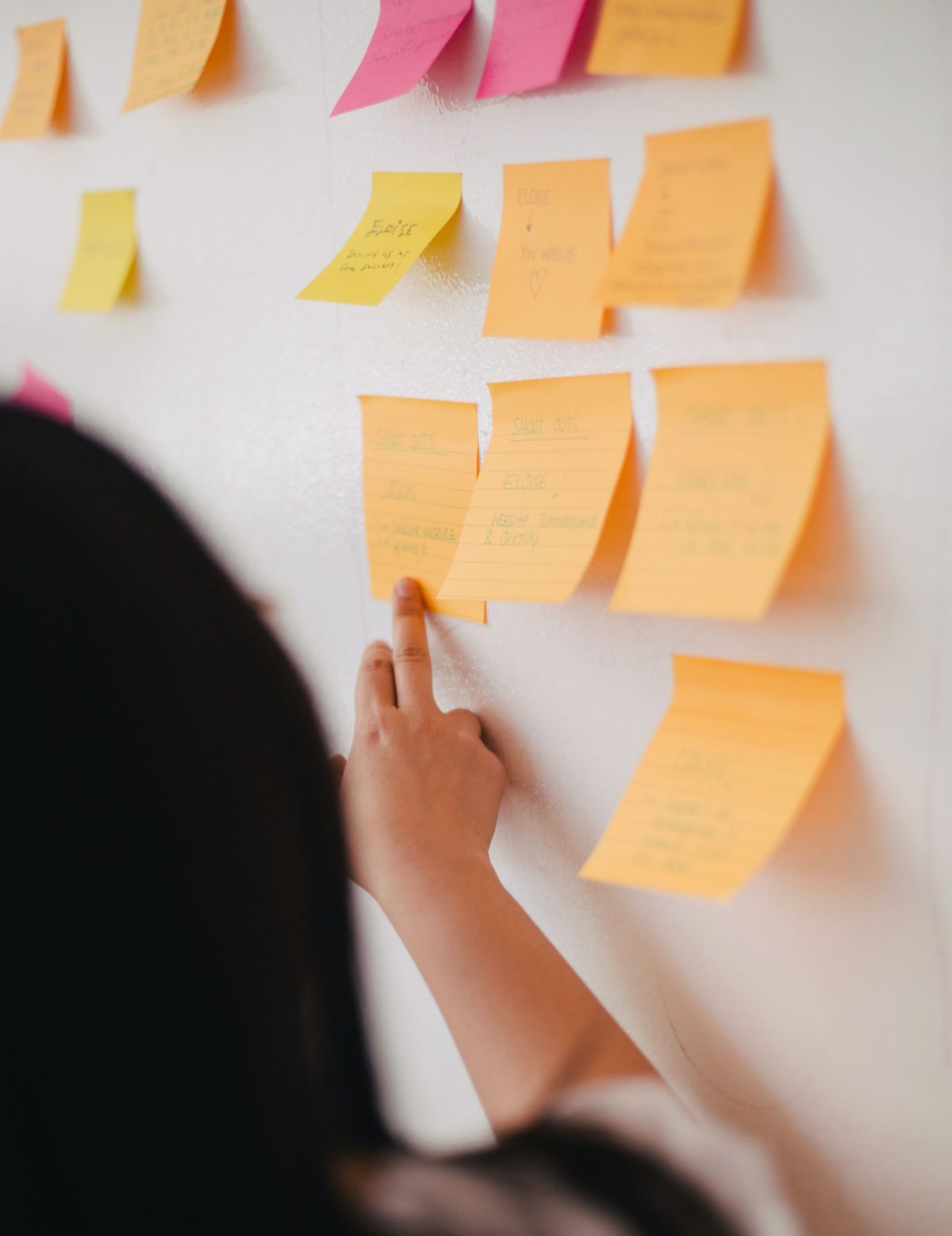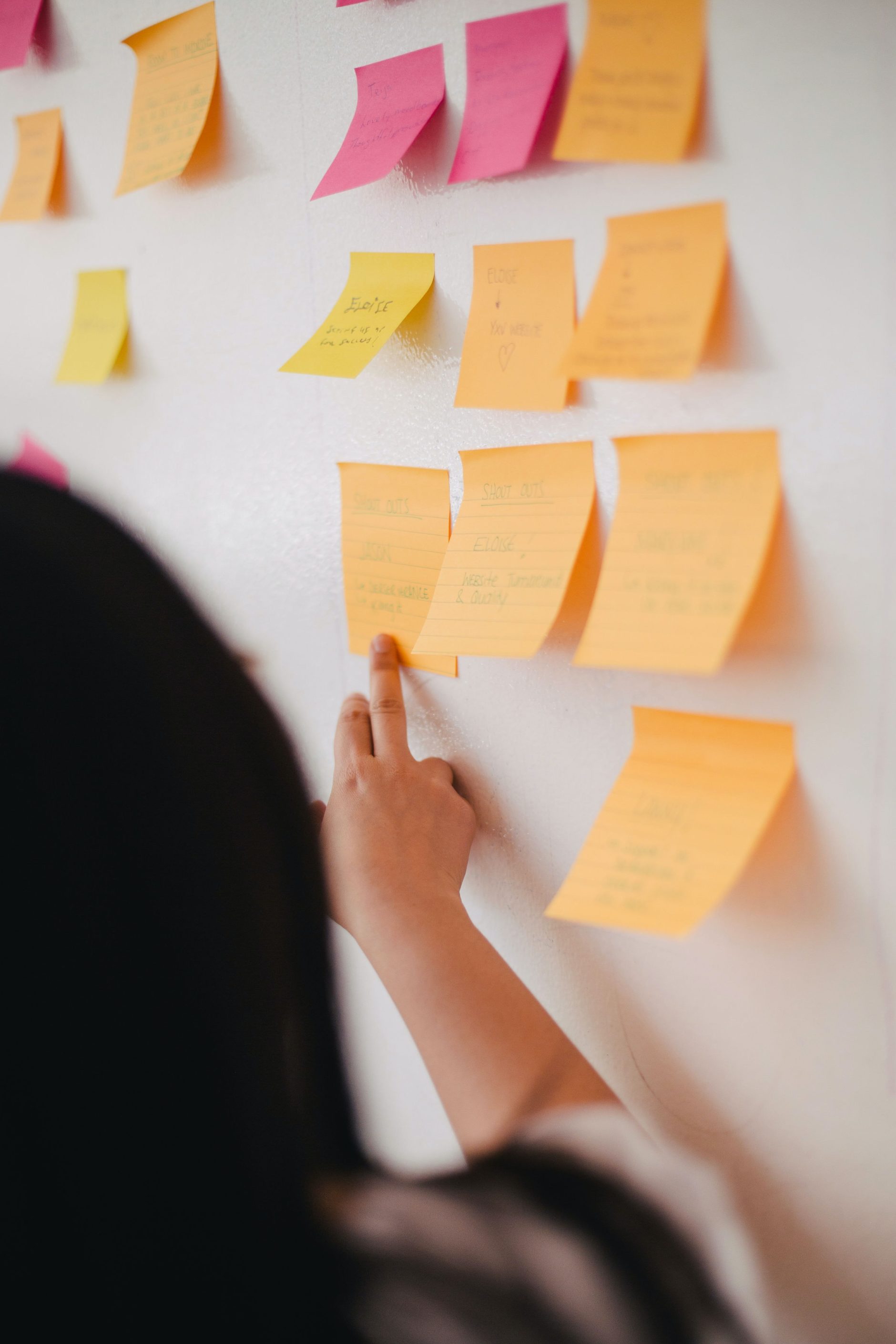Intro
So often disability housing models start with iterations on existing structures. We start with broken systems or outdated models and work to adjust, modify, or rebuild them. But, what if we designed for what we actually wanted to do? What if we created something based on our vision for the future not our frustrations from the past? We’re working with our partners to do just that. We think it starts with giving the right questions to smart people. Here’s a tool we’re using in our ‘Together We Can Do More’ projects. We invite your feedback and ideas!
How Might We...?
In our first workshop for our Together, We Can Do More initiative, Scoping the Problem, stakeholders defined a three-part problem statement. This statement outlined below and published in detail on our Learn Center centered around the fundamental issues of housing access, stakeholder alignment, and awareness and isolation. To address the problems defined, we’ll convene experts from various sectors to explore what strategies and resources can be aligned to address these challenges. These experts, or “hosts,” will help teams of stakeholders think through key opportunities and challenges within their field, as related to disability-inclusive housing. We have framed specific opportunities and challenges as “How might we…” questions.
Housing Access
People with disabilities do not have access to adequate, affordable, and inclusive housing in the community. Existing models often do not address the diverse needs, incomes, and preferences of the disability community. Funding is needed to develop new models, communities, and subsidize housing for individuals with disabilities with extremely low incomes.
- How might we better leverage the existing market rate and affordable housing pipelines to include units for people with disabilities?
- How might we innovate new mechanisms for market-rate developers to participate in disability housing development while still meeting their financial goals?
- How might we fund disability-inclusive housing models beyond traditional subsidy or funding sources?
- How might we leverage impact investing models and other market-driven approaches to create inclusive housing models?
Stakeholder Alignment
There is a lack of a unified approach among stakeholders across sectors and industries to address the shortage of disability housing. Disability housing is often siloed from other housing and community development issues. Funding requirements often make it challenging to combine different partners, models, and populations.
- How might we leverage philanthropy funding to de-risk new housing models and demonstrate the role of subsidy?
- How might we address the diversity of needs within disability?
- How might we create systems change where organizations with aligned missions share resources and collaborate for change, instead of creating competition and a subsequent scarcity mindset?
- How might we better link I/DD with other housing vulnerable populations to build a more inclusive pipeline and leverage shared subsidies?
Awareness and Isolation
Community members, public leaders, and resource holders are not aware of the housing needs and related challenges that people with disabilities face. Housing models too often segregate and isolate people with disabilities, reinforcing a lack of visibility and awareness.
- How might we better communicate the challenge of disability housing?
- How might we ensure disability housing is at the table in conversations about housing, policy, community development, philanthropy, and beyond?
- How might we promote housing models that support people with disabilities to be connected to and visible within their communities?
- How might we better integrate disability-related issues around housing and services into other existing city, county, and regional systems and organizations?

